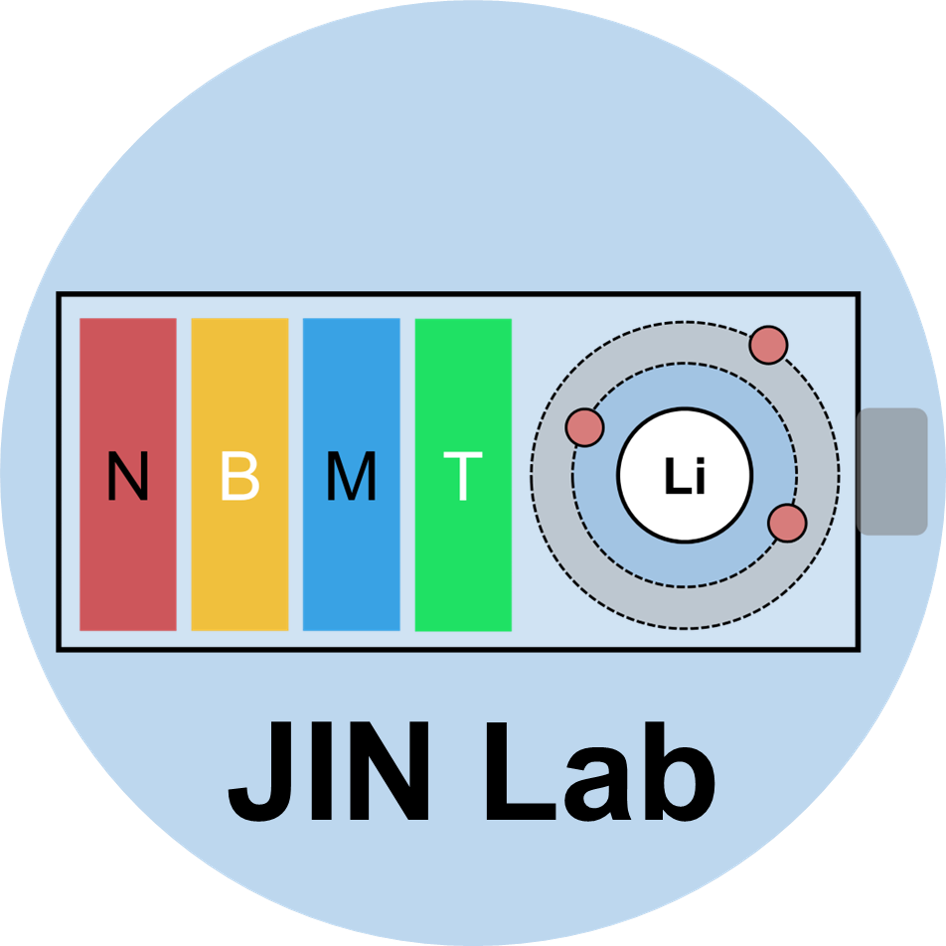Reactive negative electrodes like lithium (Li) suffer serious chemical and electrochemical corrosion by electrolytes during battery storage and operation, resulting in rapidly deteriorated cyclability and short lifespans of batteries. Li corrosion supposedly relates to the features of solid-electrolyte-interphase (SEI). Herein, we quantitatively monitor the Li corrosion and SEI progression (e.g., dissolution, reformation) in typical electrolytes through devised electrochemical tools and cryo-electron microscopy. The continuous Li corrosion is validated to be positively correlated with SEI dissolution. More importantly, an anti-corrosion and interface-stabilizing artificial passivation layer comprising low-solubility polymer and metal fluoride is designed. Prolonged operations of Li symmetric cells and Li | |LiFePO4 cells with reduced Li corrosion by ~74% are achieved (0.66 versus 2.5 μAh h−1). The success can further be extended to ampere-hour-scale pouch cells. This work uncovers the SEI dissolution and its correlation with Li corrosion, enabling the durable operation of Li metal batteries by reducing the Li loss.

